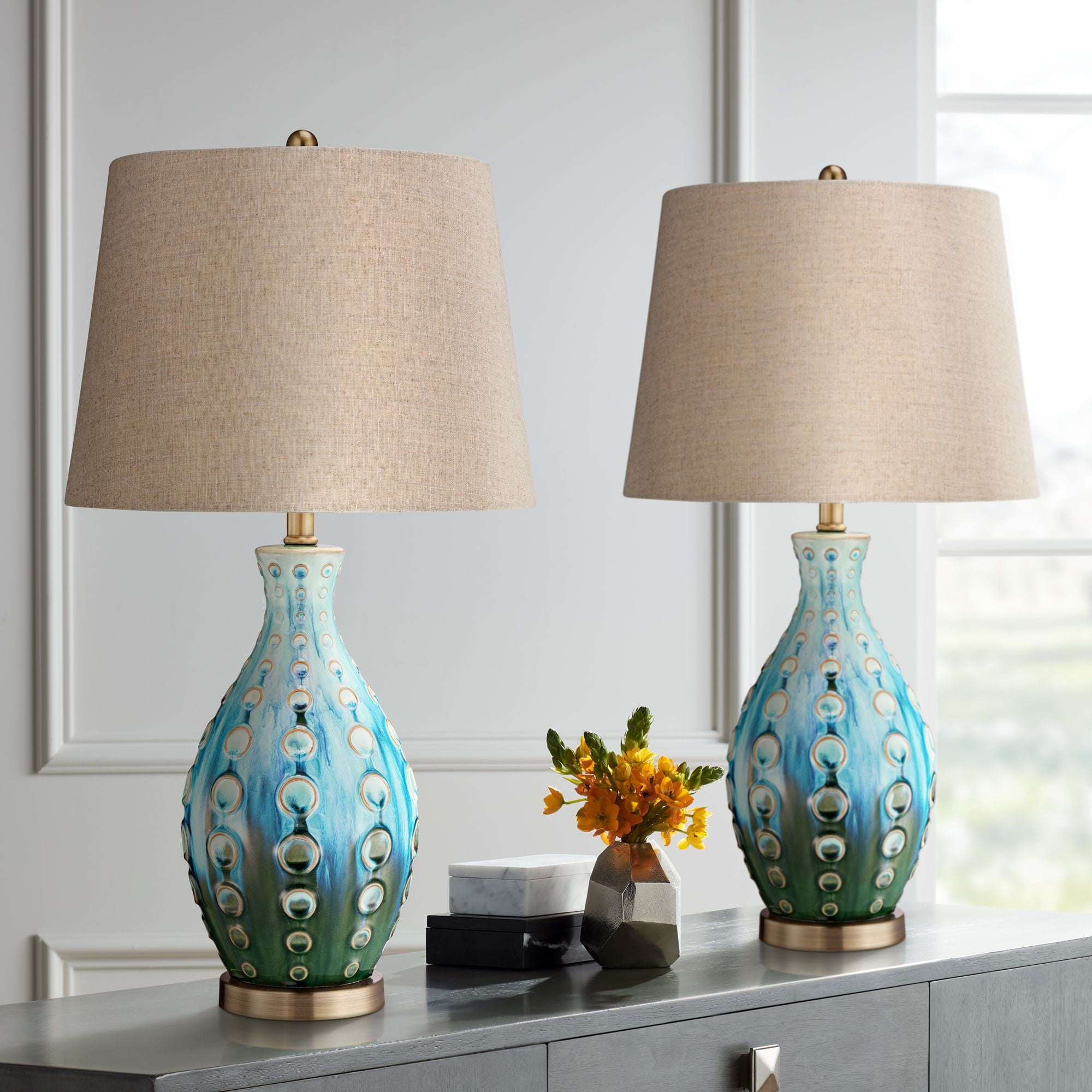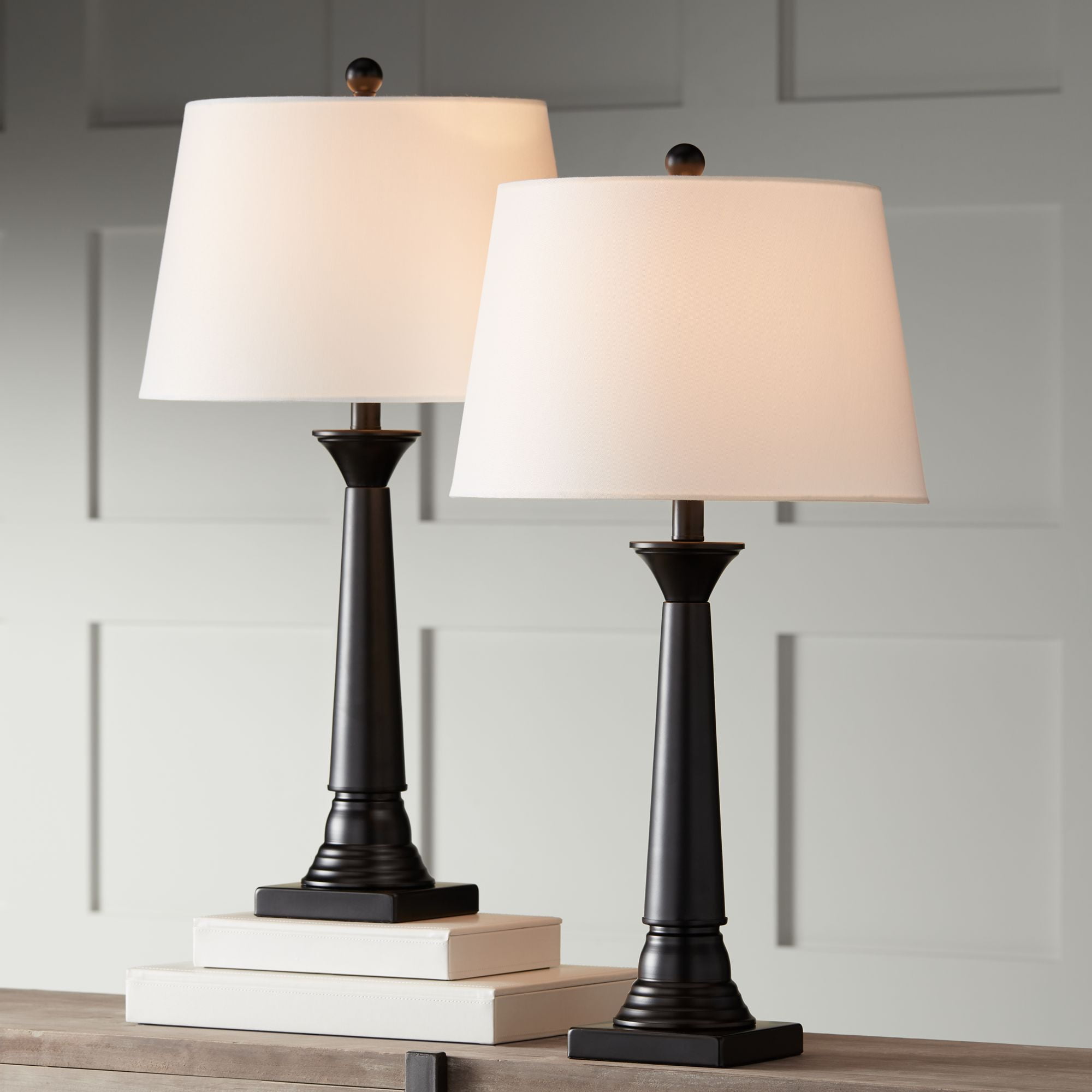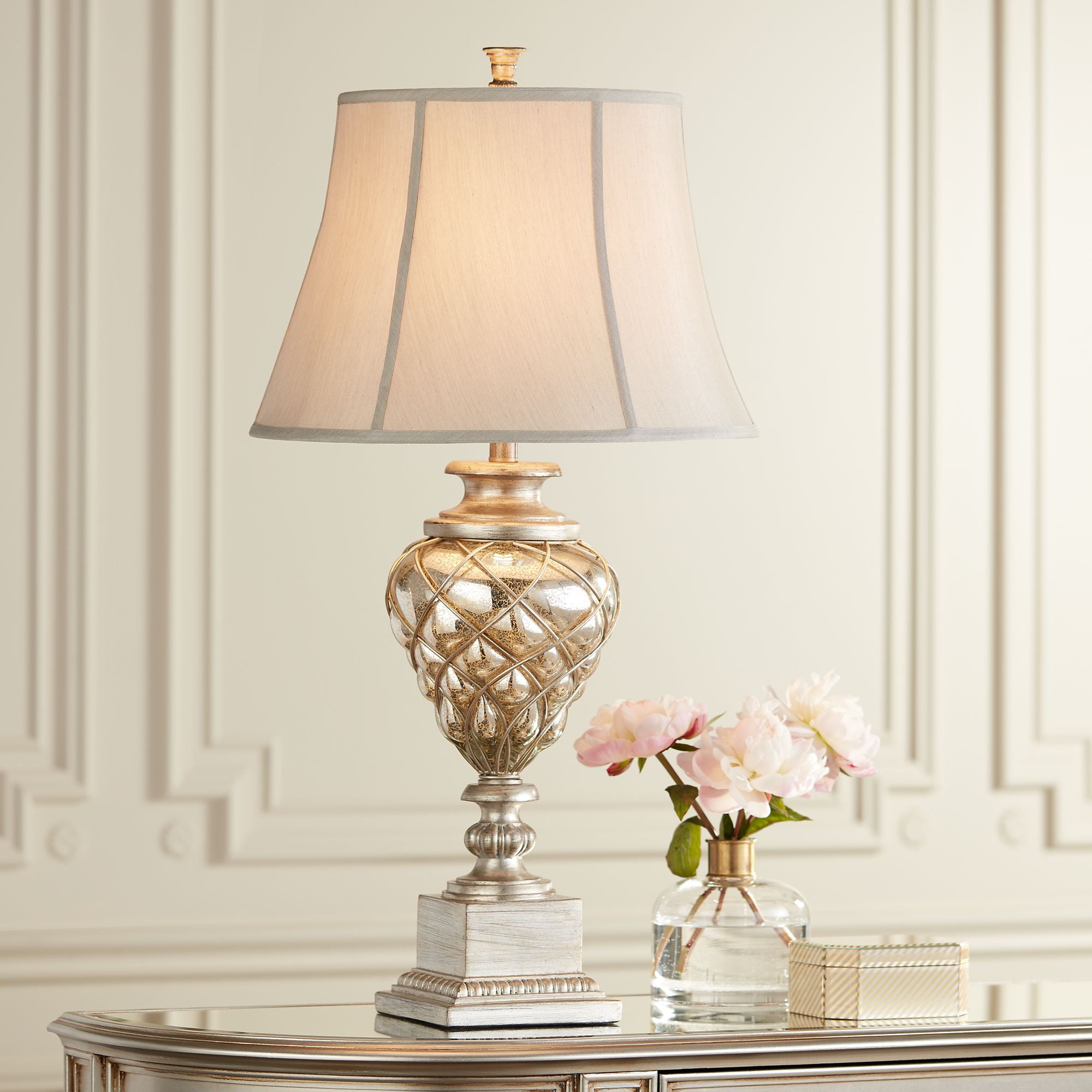Types of Lamp Shades for Children’s Bedrooms

Choosing the right lamp shade for a child’s bedroom is essential for creating a safe, functional, and aesthetically pleasing space. The ideal lamp shade should provide adequate lighting, complement the room’s decor, and be durable enough to withstand the inevitable bumps and spills that come with childhood.
Materials Used for Children’s Lamp Shades
The material of a lamp shade significantly impacts its durability, safety, and overall look. Here’s a comprehensive overview of commonly used materials for children’s lamp shades:
- Fabric: Fabric lamp shades are popular due to their versatility and affordability. They come in a wide array of colors, patterns, and textures, allowing for easy customization to match any room theme.
- Pros: Fabric shades are generally lightweight, easy to clean, and offer excellent light diffusion. They can also be easily replaced or reupholstered if damaged.
- Cons: Fabric shades are susceptible to tearing, staining, and fading, especially if exposed to direct sunlight. They may also collect dust and require regular cleaning.
- Paper: Paper lamp shades are a budget-friendly option that often features whimsical designs and themes. They are lightweight and easy to assemble, making them suitable for DIY projects.
- Pros: Paper shades are inexpensive, readily available, and offer a wide range of decorative possibilities. They can be easily replaced if damaged.
- Cons: Paper shades are not very durable and can be easily damaged by water or moisture. They are also prone to tearing and are not fire-resistant.
- Plastic: Plastic lamp shades offer durability and water resistance, making them a practical choice for children’s rooms. They are also lightweight and easy to clean.
- Pros: Plastic shades are durable, waterproof, and easy to clean. They are also lightweight and less likely to break than glass shades.
- Cons: Plastic shades can be less aesthetically pleasing than other materials and may not offer the same level of light diffusion as fabric shades.
- Metal: Metal lamp shades are known for their durability and modern aesthetic. They can add a touch of sophistication to a child’s room and are available in various finishes, such as chrome, brass, or copper.
- Pros: Metal shades are durable, fire-resistant, and offer excellent light reflection. They are also available in various styles and finishes.
- Cons: Metal shades can be heavier than other materials and may not be suitable for all children’s rooms. They can also be more expensive than fabric or paper shades.
- Glass: Glass lamp shades are elegant and offer excellent light diffusion. They can add a touch of glamour to a child’s room and are available in various colors and textures.
- Pros: Glass shades are elegant, durable, and offer excellent light diffusion. They can also be easily cleaned.
- Cons: Glass shades are fragile and can be easily broken. They are also heavier than other materials and may not be suitable for all children’s rooms.
Styles of Lamp Shades
Lamp shades come in various styles, each offering a unique look and feel. Here’s a breakdown of popular styles and their suitability for children’s rooms:
- Drum: Drum shades are cylindrical and offer a classic and timeless look. They are versatile and can be used in various settings, including children’s bedrooms.
- Pros: Drum shades provide ample light diffusion and are suitable for various lamp styles. They are also relatively easy to find in different sizes and materials.
- Cons: Drum shades can be somewhat bulky and may not be suitable for small spaces.
- Empire: Empire shades are wider at the top and taper down to a smaller base, creating a classic and elegant silhouette. They are often used in formal settings but can also add a touch of sophistication to a child’s room.
- Pros: Empire shades offer a unique and elegant look. They can also be found in various sizes and materials.
- Cons: Empire shades can be more expensive than other styles and may not be suitable for all children’s rooms.
- Bell: Bell shades are shaped like a bell, with a wide top and a narrow base. They offer a softer, more diffused light and can create a cozy atmosphere in a child’s bedroom.
- Pros: Bell shades offer a soft and diffused light, creating a cozy atmosphere. They are also available in various sizes and materials.
- Cons: Bell shades may not be suitable for all lamp styles and can be more expensive than other styles.
- Coolie: Coolie shades are cone-shaped and offer a unique and modern look. They are often used in Asian-inspired decor but can also add a touch of whimsy to a child’s room.
- Pros: Coolie shades offer a unique and modern look. They can also be found in various sizes and materials.
- Cons: Coolie shades may not be suitable for all lamp styles and can be more expensive than other styles.
Table of Lamp Shade Materials, Styles, and Benefits
| Material | Style | Benefits | Drawbacks | Fabric | Drum, Empire, Bell, Coolie | Versatile, affordable, easy to clean, good light diffusion | Susceptible to tearing, staining, fading | Paper | Drum, Bell, Coolie | Inexpensive, readily available, whimsical designs | Not durable, prone to tearing, not fire-resistant | Plastic | Drum, Bell, Coolie | Durable, waterproof, easy to clean | Less aesthetically pleasing, may not offer good light diffusion | Metal | Drum, Empire, Coolie | Durable, fire-resistant, good light reflection | Heavier, may not be suitable for all children's rooms, more expensive | Glass | Drum, Empire | Elegant, durable, good light diffusion | Fragile, heavier, may not be suitable for all children's rooms |
|---|
Choosing the Right Lamp Shade for a Child’s Room

Selecting the perfect lamp shade for a child’s room is an important decision that can significantly impact the room’s ambiance and functionality. The right lamp shade can create a cozy and inviting atmosphere while providing adequate lighting for various activities, such as reading, playing, and studying.
Factors to Consider When Choosing a Lamp Shade
Several factors should be considered when choosing a lamp shade for a child’s room. These include the child’s age, personality, and the overall room decor.
- Age: The age of the child is a crucial factor. Younger children might be drawn to bright colors and playful patterns, while older children may prefer more sophisticated and minimalist designs.
- Personality: Consider the child’s personality and interests. If the child is adventurous, choose a lamp shade with a bold and unique design. If the child is more reserved, a softer and more subtle shade might be more appropriate.
- Room Decor: The lamp shade should complement the existing room decor. For example, if the room has a whimsical theme, a lamp shade with a playful pattern or character would be a good choice. For a more modern room, a sleek and minimalist shade would be more suitable.
Selecting Appropriate Colors, Patterns, and Themes
Choosing the right colors, patterns, and themes can create a visually appealing and stimulating environment for children.
- Colors: For younger children, bright and cheerful colors such as yellow, blue, and green can be stimulating and promote creativity. Older children may prefer more muted and sophisticated colors like gray, beige, or navy.
- Patterns: Patterns can add personality and visual interest to a lamp shade. Younger children might enjoy playful patterns like polka dots, stripes, or animal prints. Older children may prefer more subtle patterns like geometric designs or floral motifs.
- Themes: Choosing a theme for the lamp shade can create a cohesive and engaging space. For example, a child who loves animals might enjoy a lamp shade with an animal print or a whimsical animal design. A child who loves sports might appreciate a lamp shade with a sports team logo or a sporty pattern.
Matching Lamp Shade Styles to Different Lighting Fixtures
The style of the lamp shade should complement the type of lighting fixture.
- Table Lamps: Table lamps typically use shades with a more traditional or contemporary design. They can be made from various materials, including fabric, paper, and metal.
- Floor Lamps: Floor lamps often feature larger shades with a more dramatic design. They can be made from fabric, paper, or metal, and often have a more contemporary or industrial look.
- Ceiling Lights: Ceiling lights often use drum shades or pendant shades. Drum shades are cylindrical and provide a more diffused light, while pendant shades hang from the ceiling and can have various shapes and designs.
Choosing the Perfect Lamp Shade for Your Child’s Interests and Room Design
To help parents choose the perfect lamp shade, consider the following:
- Create a mood board: A mood board can help visualize the overall design aesthetic for the child’s room. This can include images of colors, patterns, and themes that the child enjoys.
- Consider the child’s interests: If the child is passionate about a particular hobby, incorporate it into the lamp shade design. For example, a child who loves music might enjoy a lamp shade with a musical note pattern or a design inspired by their favorite band.
- Choose a shade that provides adequate light: The lamp shade should provide enough light for the child to read, play, and study comfortably. A larger shade will typically provide more light than a smaller shade.
- Ensure the shade is safe: Choose a lamp shade made from fire-resistant materials and ensure it is securely attached to the lighting fixture.
Creative Ideas for Lamp Shades in Children’s Rooms: Lamp Shades For Children’s Bedrooms

A child’s bedroom is a space for imagination and wonder, and lamp shades offer a fantastic opportunity to add personality and whimsy. Transforming a simple lamp shade into a unique and captivating piece can be a fun and rewarding DIY project.
Personalizing Lamp Shades with DIY Techniques
Personalizing lamp shades allows children to express their individuality and create a space that truly reflects their interests.
- Painting: A simple coat of paint can instantly transform a plain lamp shade. Use acrylic paints, which adhere well to most surfaces. Consider using stencils to create patterns or designs, or let your child’s creativity run wild with freehand painting.
- Decoupage: Decoupage involves adhering paper or fabric to a surface using glue or varnish. Use colorful paper, magazine clippings, or fabric scraps to create a unique and textured lamp shade. This technique is perfect for incorporating themes or characters.
- Fabric Coverings: Fabric coverings provide a soft and tactile finish. Choose fabrics that are durable and easy to clean, such as cotton, linen, or felt. Use fabric glue or a sewing machine to attach the fabric to the lamp shade.
Incorporating Themes, Characters, and Patterns
Themes, characters, and patterns can bring a lamp shade to life, creating a focal point in a child’s room.
- Themes: Choose a theme that aligns with the child’s interests, such as animals, space, sports, or fairy tales. Use paint, fabric, or decoupage techniques to incorporate elements of the chosen theme.
- Characters: Favorite characters can be brought to life on lamp shades. Cut out images from magazines or print them from the internet. Use decoupage techniques to adhere them to the lamp shade, or paint them freehand.
- Patterns: Geometric patterns, polka dots, stripes, or animal prints can add a touch of whimsy and fun. Use stencils, fabric, or paint to create these patterns.
Creating Unique Lamp Shades from Recycled Materials, Lamp shades for children’s bedrooms
Recycling materials is an eco-friendly way to create unique and budget-friendly lamp shades.
- Cardboard Tubes: Cardboard tubes from paper towels or wrapping paper can be cut and glued together to create a cylindrical lamp shade. Decorate them with paint, fabric, or decoupage.
- Plastic Bottles: Cut the top and bottom off plastic bottles, leaving a cylindrical shape. Cover the bottle with fabric or paint it to create a unique lamp shade.
- Old Magazines: Roll up pages of old magazines and glue them together to form a lamp shade. This technique creates a textured and visually interesting shade.
Crafting a Custom Lamp Shade
This step-by-step guide will help you craft a custom lamp shade for a child’s room.
Materials:
- Plain lamp shade
- Fabric scraps
- Fabric glue or sewing machine
- Scissors
- Measuring tape
- Optional: Embellishments, such as buttons, ribbons, or beads
Instructions:
- Measure the lamp shade’s circumference and height. Cut fabric pieces slightly larger than these measurements to allow for seam allowances.
- If using fabric glue, apply a thin layer to the lamp shade’s surface. Carefully smooth the fabric onto the glued surface, ensuring there are no wrinkles or bubbles.
- If using a sewing machine, stitch the fabric pieces together to form a cylinder that fits the lamp shade. Sew the top and bottom edges of the fabric cylinder to the lamp shade’s top and bottom rims.
- Once the fabric is securely attached, decorate the lamp shade with embellishments as desired.
Lamp shades for children’s bedrooms – The glow of a bedside lamp, filtered through a whimsical, hand-painted lampshade, can transform a child’s bedroom into a magical haven. These soft, comforting lights cast shadows that dance with imagination, making bedtime a cherished ritual. To complete the enchanting scene, consider pairing the lamp with a charming round bedroom end table – a sturdy perch for books, treasures, and perhaps a favorite stuffed animal.
With the right lampshade and end table, a child’s room becomes a sanctuary of warmth and wonder.
The soft glow of a lampshade can transform a child’s bedroom into a whimsical haven, but the right furniture can complete the transformation. Consider a glass end table, perhaps one with a sleek, modern design like those found at glass end tables for bedroom , to add a touch of sophistication.
These tables not only offer a practical surface for books and toys but also reflect light beautifully, enhancing the overall ambiance of the space. After all, a child’s bedroom should be a place where imagination flourishes, and the right lighting and furniture can play a crucial role in fostering that creativity.
